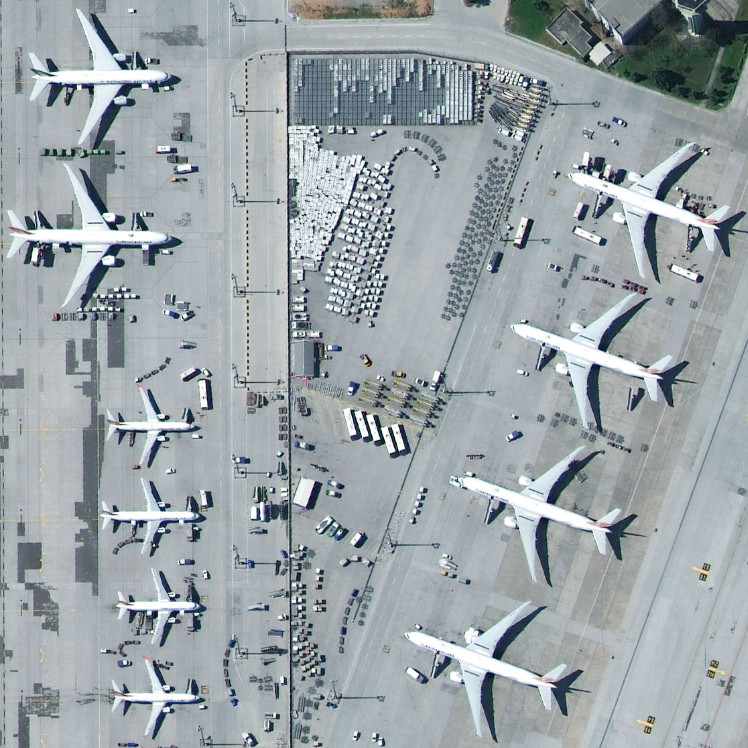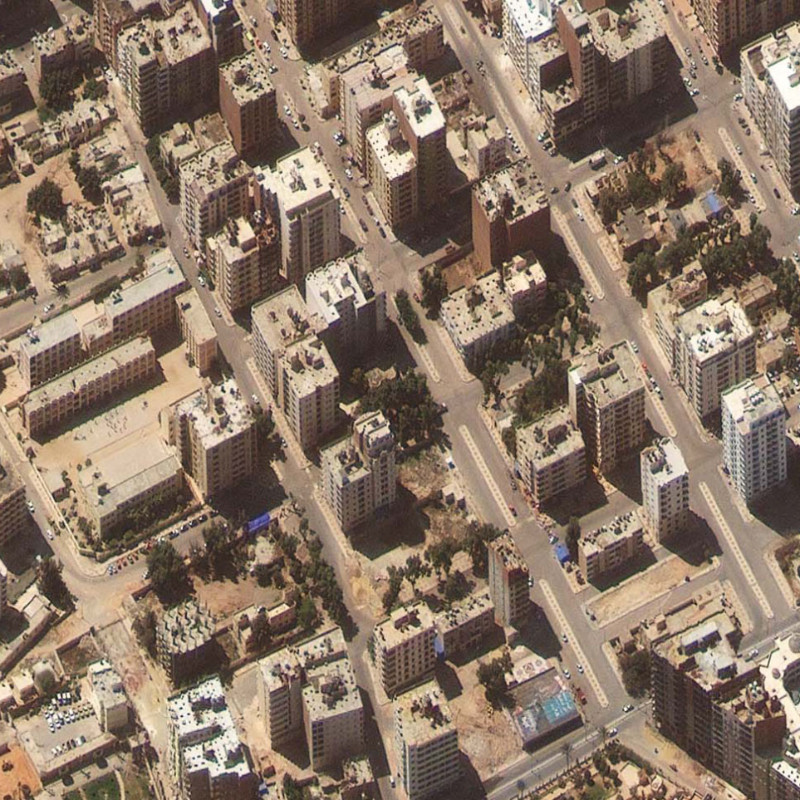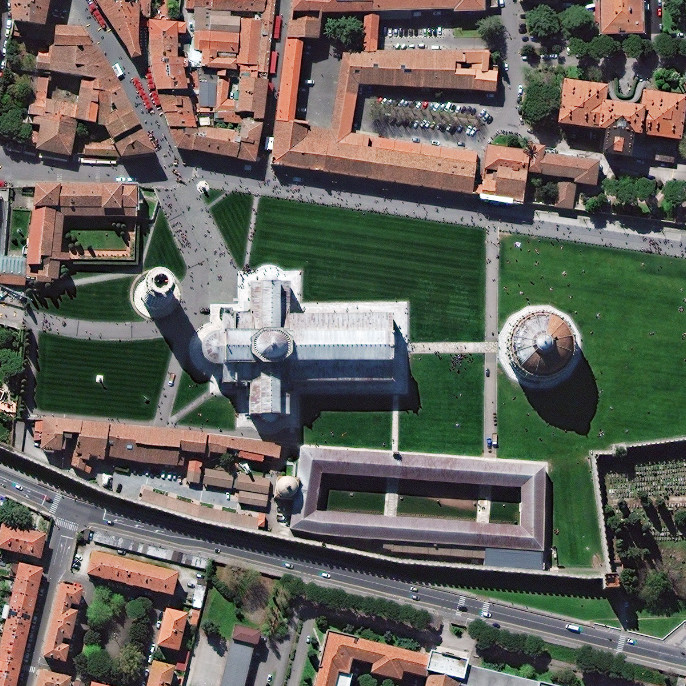European Space Imaging Starts Distribution of WorldView-4 Satellite Imagery
- European Space Imaging
A new ground station and a unique 30 cm satellite constellation enable unprecedented capabilities.
European Space Imaging announced today that the company has started operations of its new ground station with access to the entire satellite fleet of its WorldView Global Alliance partner DigitalGlobe. The Munich-based company is now in a unique position to directly task five very high resolution satellites (GeoEye-1, WorldView-1, WorldView-2, WorldView-3 and WorldView-4). This speeds up the whole process of planning, collection, data downlink and delivery and allows European Space Imaging to quickly deliver satellite imagery products to WorldView Global Alliance customers in Europe, North Africa, CIS countries and the Middle East.
WorldView-4, the latest addition to the DigitalGlobe satellite fleet, joins WorldView-3 as the second commercial 30 cm optical sensor in a 617 km orbit. Both most technologically advanced satellites offer true 30 cm panchromatic, combined with four 1.24 m multispectral resolution and an accuracy of 4 m CE90 at nadir. These characteristics make WorldView-4 and WorldView-3 the perfect tandem for collecting large areas of 30 cm data very rapidly.
“The capabilities of our new ground station and the direct access to the entire DigitalGlobe satellite fleet start a new era in the availability of highest resolution imagery in Europe. It’s a major milestone especially in the 30 cm resolution class”, says Adrian Zevenbergen, Managing Director of European Space Imaging. “In 2017, we plan to collect more than two times the entire European land mass with the 30 cm satellite constellation alone.”
European Space Imaging has already started the supply of 30 cm WorldView-3 and WorldView-4 satellite imagery to its European key programs and the WorldView Global Alliance channel partners.

Istanbul Airport | Turkey | 29 March 2017 | WorldView-4

Marsa Matruh | Egypt | 29 March 2017 | WorldView-4

Pisa | Italy | 29 March 2017 | WorldView-4
Related Stories

GEOSeries: Extracting Insights From High Resolution SAR Imagery for Time-Sensitive Analysis
In this webinar, industry experts and advanced users of Umbra SAR data showcase how they transform SAR imagery into actionable insights in real-world mapping, monitoring and intelligence applications. See how NV5 and Umbra leverage ENVI SAR Essentials for advanced processing with time-efficient results, converting analytics into valuable intelligence.

Using Satellite Imagery to Build Water Resilience Across Europe
Water across Europe is facing severe pressure. Climate change, urbanisation, agricultural demands and other sources of pollution are threatening water security and creating critical challenges that need to be addressed. We have to act quickly, build stronger systems and create sustainable water resilience practices – so that both natural ecosystems and human communities can thrive. Here is how satellite imagery from EUSI can help.

EUSI and Albedo Partner to Deliver 10 cm Resolution Satellite Imagery to Europe
It is our pleasure to announce the partnership with Albedo, a builder of high-performance spacecraft and the first satellite designed to operate commercially in VLEO (Very Low Earth Orbit). This partnership will bring the world’s highest resolution satellite imagery to the European and North African market.

Updating the Land Parcel Identification Systems in 2025: The Benefits of Using Satellite Images
Agricultural paying agencies across Europe face increasing challenges in maintaining accurate and up-to-date Land Parcel Identification Systems (LPIS), ensuring compliance with the Common Agricultural Policy (CAP) and supporting sustainable agricultural practices.





